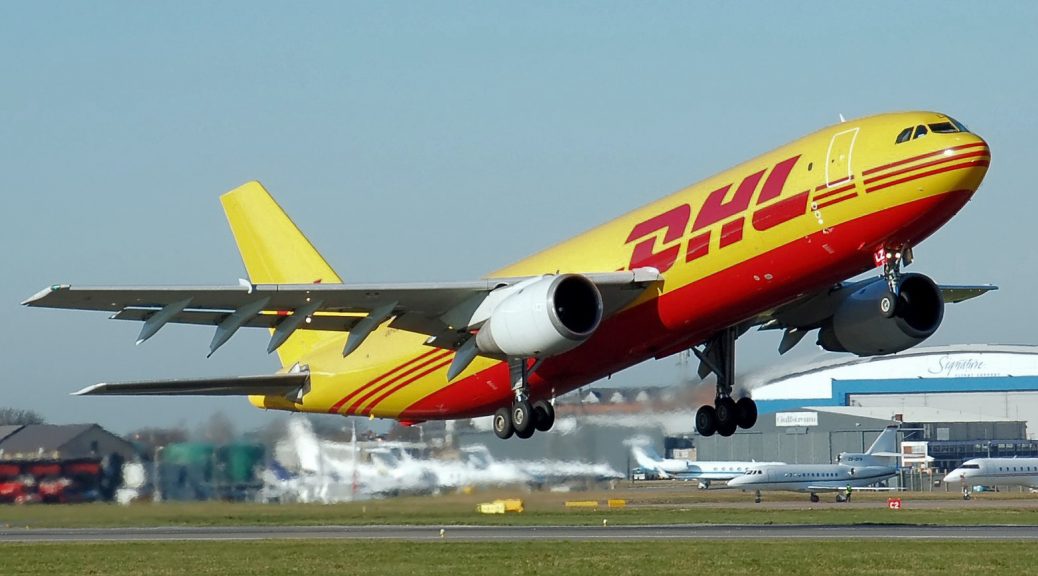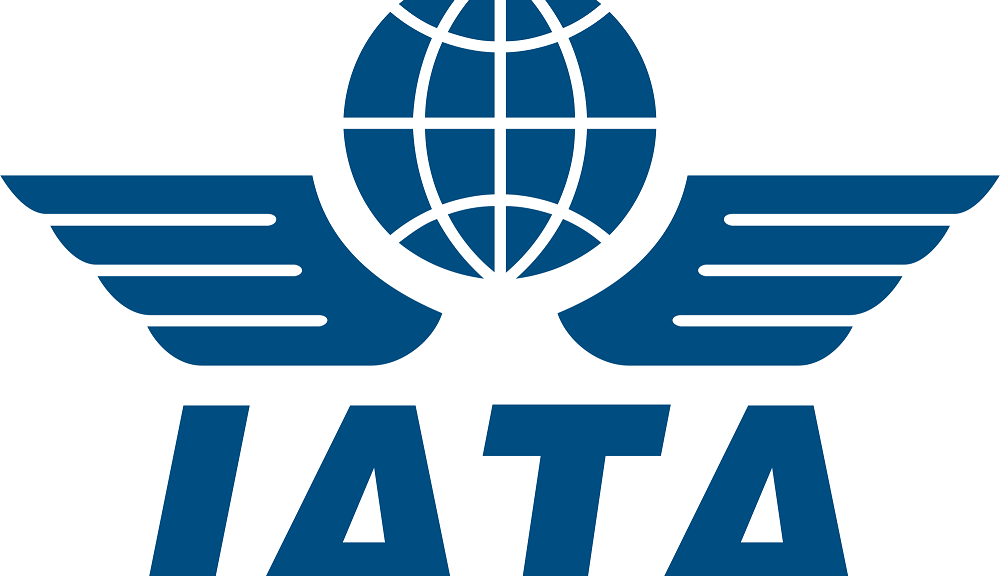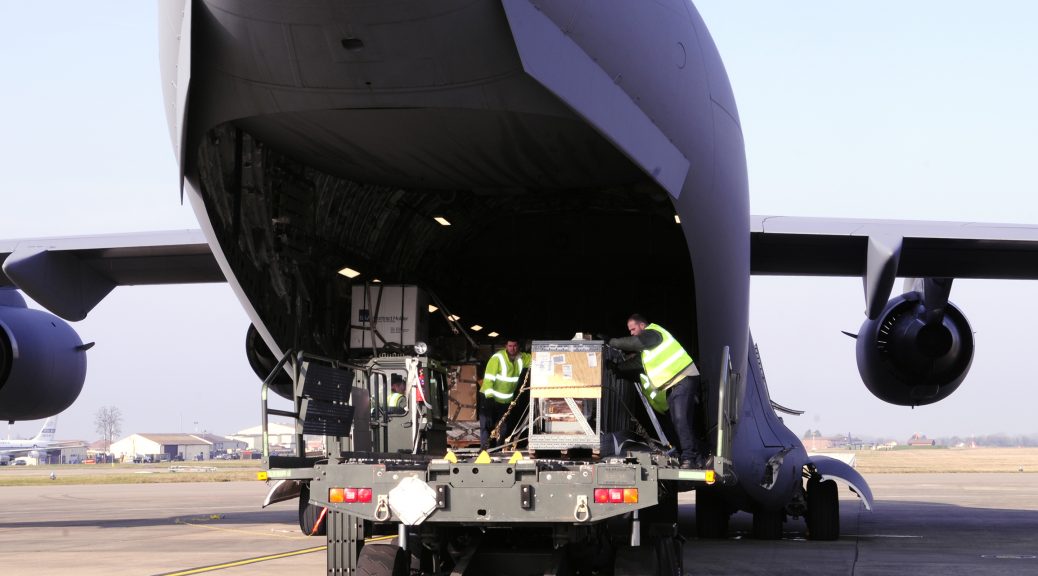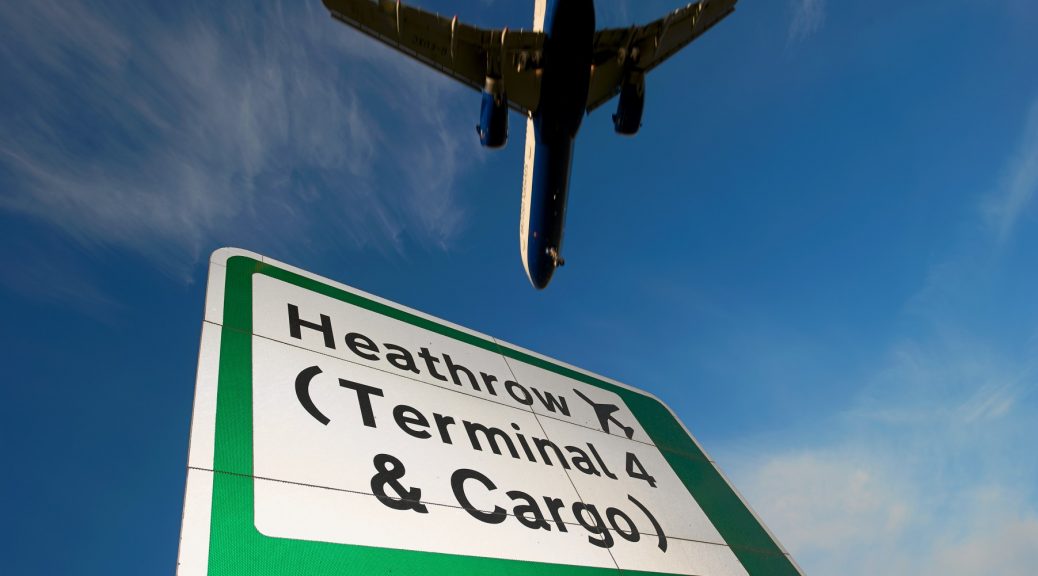We’re all too aware of the many disastrous implications of global climate change – from the impact on coastal communities of rising sea levels through to the dangers of increasingly unpredictable seasons on agricultural cycles. But what about our own industry? A recent report in Climatic Change suggests that the implications could be serious for air transportation, and are well worth considering as the effects of climate change become more evident.
Serious impact
The report points to the way in which steadily rising temperatures will have an effect on the density of the air in the atmosphere. This has a direct impact on the amount of lift that our planes can generate – with serious consequences in terms of the amount of cargo that the aircraft would be able to carry. In extreme situations it could lead to aircraft being grounded during the hottest periods – with the experts suggesting that up to a third of flights might be prevented from taking off. If true, the impact of increasing air temperatures would be particularly serious for air cargo operators – especially those who use larger aircraft such as the 777-300. The answer for the air cargo industry could lie in weight restrictions below their maximum take off weight – but the costs could be substantial.
A worrying pattern of evidence
“As air temperatures rise at constant pressure, air density declines, resulting in less lift generation by an aircraft wing at a given airspeed and potentially imposing a weight restriction on departing aircraft,” says the report by Coffel, Thompson and Horton. “Our results suggest that weight restriction may impose a non-trivial cost on airlines and impact aviation operations around the world.”
Ignazio Coraci comments: “This is troubling news for the industry, because it builds on previous research from 2015 – a compelling pattern is emerging that suggests that climate change could have very serious implications for our industry – not just in terms of cost but also in the quality of the service that we can offer our customers. As an industry we must do everything we can to make sure that the impact of climate change on our industry and the customers we serve is kept to a minimum.”








